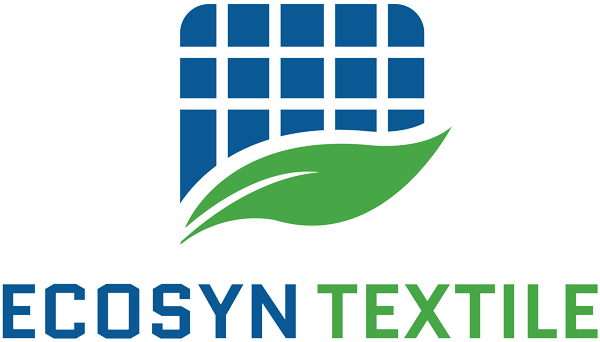
Most of the cooling clothes on market can be divided into two types of categories.
Polyester blends with ore materials
This type of cooling clothes is more common on the market. Adding ore powder (or other mineral material powder) into the process of weaving or knitting polyester. Such cooling clothes, usually use cross stitch or Y-shape stitch fabrics, therefore improve its wicking and breathability.
Comparing to typical textile and clothing material, ore or other mineral materials have better thermal balancing ability; which means the body temperature can be easily balanced with outside environment, to achieve the effect of rapid cooling sensation to human body.
The disadvantage of this type of cooling clothes is that, while in a high temperature environment, the material is relatively heating faster by transferring heat from outside to human body, making wearer feel even hotter. However, the use of cross stitch or Y-shape stitch method still make your skin feel less discomfort than other typical fabrics. Most importantly, do not wear additional layers on top of this type of cooling wear, heating from cooling clothes might easily make your body sweating too much without sufficient breathability and result discomfort on your skin.
Another drawback of polyester is static electricity; without sufficient humidity inside can easily cause static electricity and making wearer itching skin.
Traditional fast sweat wicking material
Some textile material such as cotton, mucus rayon and etc. This type of cooling clothes can’t give an instant sensation of cool, on the other hand, won’t cause heating effect in a high temperature environment. With fast sweat wicking ability, gives you the comfort and non-sticky feeling, which can also be suitable for summer.
The disadvantage of this type of cooling clothes is that this kind of materials are not easily to get dry.
Source: www.acotex.blogspot.com

